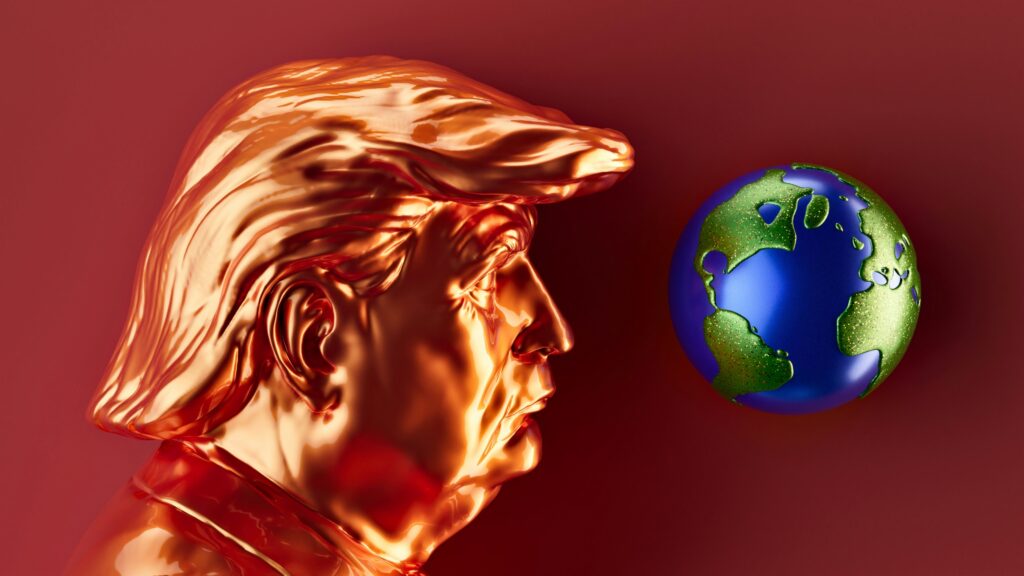Emerging Trends in Global Trade
Global commerce is continuously evolving with new trends influencing market dynamics. Businesses and investors must stay informed and agile to navigate these changes effectively.
Shift to Digital and E-commerce
Digital platforms are revolutionizing trade, with e-commerce sales expected to surpass $6.5 trillion by 2023 as per Statista. Companies leverage online marketplaces to access broader markets and reduce operational costs.
Amazon and Alibaba, for instance, provide small and medium enterprises (SMEs) with tools to compete globally. Digital payment systems like:
- PayPal
- cryptocurrency
simplify cross-border transactions, enhancing efficiency.
Finally, artificial intelligence optimizes supply chains and personalizes shopping experiences, boosting customer satisfaction.
Sustainability and Ethical Sourcing
Sustainability influences trade policy and consumer behavior. Businesses are adopting green practices as environmental regulations tighten.
For example, the European Union’s Green Deal seeks carbon neutrality by 2050, impacting global supply chains. Consumers demand transparency in sourcing; they prefer brands that prioritize ethical labor practices.
Companies like Patagonia and TOMS Shoes exemplify this shift by emphasizing sustainability and fair treatment of workers. Adopting ethical sourcing strategies builds brand loyalty and opens new market opportunities.
Technological Advancements Shaping Trade

Technological advancements are revolutionizing global commerce. Innovations like blockchain and artificial intelligence (AI) are enhancing efficiency and security, while automation is transforming supply chains.
Blockchain and Trade Security
Blockchain improves trade security by offering transparent, tamper-proof ledgers. For instance, IBM’s TradeLens platform uses blockchain to track shipments, reducing fraud and errors. By providing immutable records, blockchain facilitates compliance in regulated industries.
AI and Automation in Supply Chains
AI optimizes supply chains by predicting demand and managing inventories. Companies use AI algorithms to analyze data, enhancing decision-making processes.
Automation, including robotics and IoT devices, streamlines operations. Amazon, for example, employs AI and automation in warehouses to improve efficiency and reduce human error.
Geopolitical Factors Influencing Global Commerce
Geopolitical factors play a significant role in shaping global commerce. Changes in political relations and policies can shift the balance of trade, impacting economies worldwide.
Trade Wars and Tariffs
Trade wars and tariffs create substantial hurdles in global commerce. When countries impose tariffs, it raises the cost of imports, leading businesses to seek alternative markets or suppliers to reduce expenses.
For example, the US-China trade war caused companies to diversify their supply chains to other countries like Vietnam and Mexico. Trade wars often lead to retaliatory tariffs, escalating tensions and disrupting global supply chains.
Impact of Global Political Stability
Global political stability directly affects trade activities. Political upheavals or instability in a region can deter investment and trade. For instance, Brexit introduced uncertainty in the European market, making businesses reconsider their strategies.
Stable governments foster a conducive environment for trade by ensuring consistent policies and reducing the risk of sudden regulatory changes. Conversely, ongoing conflicts or unstable regimes can result in sanctions, reducing trade volumes and economic growth.
Economic Predictions for the Next Decade
Predicting the economic landscape for the next decade requires analyzing current trends and emerging patterns in global commerce.
Predicting Growth Markets
- Identifying growth markets hinges on technological integration and consumer demand shifts.
- E-commerce will continue booming, driven by increased internet penetration and mobile device usage.
- Regions like Southeast Asia and Africa see rapid digital adoption, making them hotspots for e-commerce expansion.
- Sustainability will shape growth. Markets focusing on green technologies and renewable energy sources will gain momentum.
- Countries investing in clean energy, like those in the European Union, will likely lead in sustainable trade practices.
The Role of Emerging Economies
Emerging economies like India, Brazil, and Nigeria are becoming critical players in global trade. With rising middle-class populations, these countries exhibit growing consumer demand and production capacity.
Their economic policies increasingly favor trade liberalization, boosting their participation in global value chains.
Infrastructure investments in these regions, such as China’s Belt and Road Initiative, enhance trade connectivity. Improved logistics and transportation networks reduce trade barriers, facilitating smoother international commerce.
By overviewing future economic landscape predictions, you gain insight into shifting dynamics and potential growth areas in global commerce.




